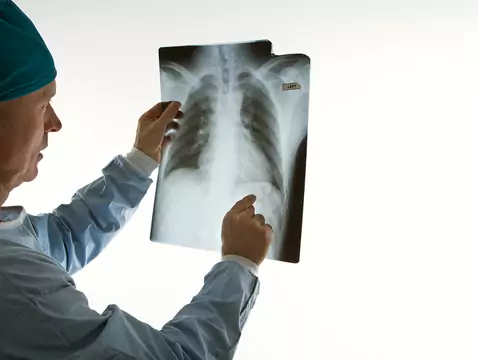The contraceptive transdermal system is one of the most modern, hormonal forms of pregnancy prevention in the form of a patch.
They first appeared on the Polish market in 2004. Each patch contains oestrogen (750µ ethinylestradiol) and progesterone (6.0 mg norelgestromin). The hormones released by the patch are absorbed through the skin and penetrate the bloodstream, effectively preventing pregnancy. They deliver an effective hormone dose of 20µ ethinylestradiol and 150µ norelgestromin to the body for 24 hours a day. The delivered hormones prevent ovulation, cause changes in the composition of the cervical mucus making it difficult for sperm to migrate properly, as well as changes in the endometrium preventing the possible implantation of an embryo. Their action is similar to that of oral hormonal contraception, so that most of the indications, contraindications as well as side effects of the patch are similar to those of the pill.
The efficacy of this method is very high and comparable to that of oral hormonal contraception and the Pearl index is less than 1.0. It has been shown that in all age groups, the number of pregnancies that occur during use of the patch is minimally lower than during use of the pill. However, in order to ensure adequate efficacy of this system, it is necessary to strictly adhere to the basic rules for their use contained in the information leaflet included in each pack. The patch's easy-to-use regimen, which avoids mistakes, goes a long way towards increasing its effectiveness. The certainty and comfort offered by transdermal hormonal contraception are just some of the many advantages of this method. It is a fully reversible method. Fertility usually returns as early as the first cycle after discontinuing the patch. Any problems with getting pregnant after transdermal contraception are usually related to other factors, most likely already present before starting to use the patch and are not directly related to it.
Each pack contains three 45x45mm square-shaped patches. They are very thin, in a colour that resembles the colour of the skin, making them almost unnoticeable when stuck on. They consist of three layers: a polyester outer layer, a middle layer containing hormones and an adhesive layer. They adhere perfectly to the skin, even in hot weather during intense perspiration, as well as during bathing. Thanks to their elasticity, they adapt to the body. The patches must be stuck in precise places on the body: on the buttocks, lower abdomen, upper torso, outer arm, as these are the places providing the best absorption of hormones. The place where the patch is stuck should be chosen so that it does not come into contact with tight clothing, as this increases the risk of it partially coming off or being damaged. Once stuck, the patch must remain in place for a further seven days. Each subsequent patch should be stuck in a different place, never in the same place, only after the previous one has been removed. Before applying the plaster, the skin in the area where the plaster is to be applied must be thoroughly cleaned and dried. After applying the patch, press it firmly in place, hold it in place for a few seconds and check that it has been stuck correctly. If the woman has not previously used any hormonal contraception and it is therefore not necessary to switch from one method to another, then the application of the first patch from the pack should take place within the first 24 hours of menstrual bleeding.








